Kenya’s sporting culture has always been vibrant, but in recent years, Kenyan stadiums have undergone significant changes. From modern architectural designs to enhanced fan experiences, these facilities are being transformed into world-class venues that not only host sporting events but also serve as hubs of economic growth and community development.
Modernization of Infrastructure
The transformation of Kenyan stadiums has largely been driven by the government’s commitment to improving sports infrastructure. Over the past decade, we have seen massive investments in stadium renovations and new constructions. Facilities such as Moi International Sports Centre Kasarani and Nyayo National Stadium have received upgrades, including better seating, enhanced pitch conditions, modern lighting systems, and improved security features.
These changes align Kenya with international standards, making the nation a top destination for both regional and global tournaments. The modernization ensures that Kenyan athletes can compete in quality facilities while fans enjoy a safe and comfortable viewing experience.
Incorporation of Technology
Technology has become an essential part of stadium upgrades. Many Kenyan stadiums now incorporate digital ticketing systems, smart surveillance, and LED scoreboards. With Wi-Fi-enabled arenas, fans can stay connected, stream live highlights, and share their experiences instantly.
The use of digital broadcasting equipment has also transformed how events are covered, ensuring that games played in Kenya reach millions of viewers across the world in real time. This not only promotes Kenyan sports but also enhances the country’s image globally.
Economic Impact of Upgraded Stadiums
The modernization of stadiums has created new business opportunities. Vendors, event organizers, and transport service providers benefit greatly during sporting and entertainment events. Furthermore, upgraded stadiums have become venues for concerts, cultural festivals, and political rallies, boosting local economies.
Tourism is another sector that benefits directly. International tournaments attract foreign visitors, increasing demand for hotels, restaurants, and local attractions. As a result, stadiums are now seen not just as sports arenas, but as economic engines that fuel growth.
Job Creation Through Stadium Projects
The construction and renovation of stadiums have created thousands of employment opportunities. From engineers and architects to construction workers and security personnel, these projects have supported both skilled and unskilled labor.
Post-completion, stadiums continue to employ staff in areas such as management, maintenance, event organization, and hospitality services. The consistent creation of jobs has a ripple effect on the economy, enhancing livelihoods and reducing unemployment levels across the country.
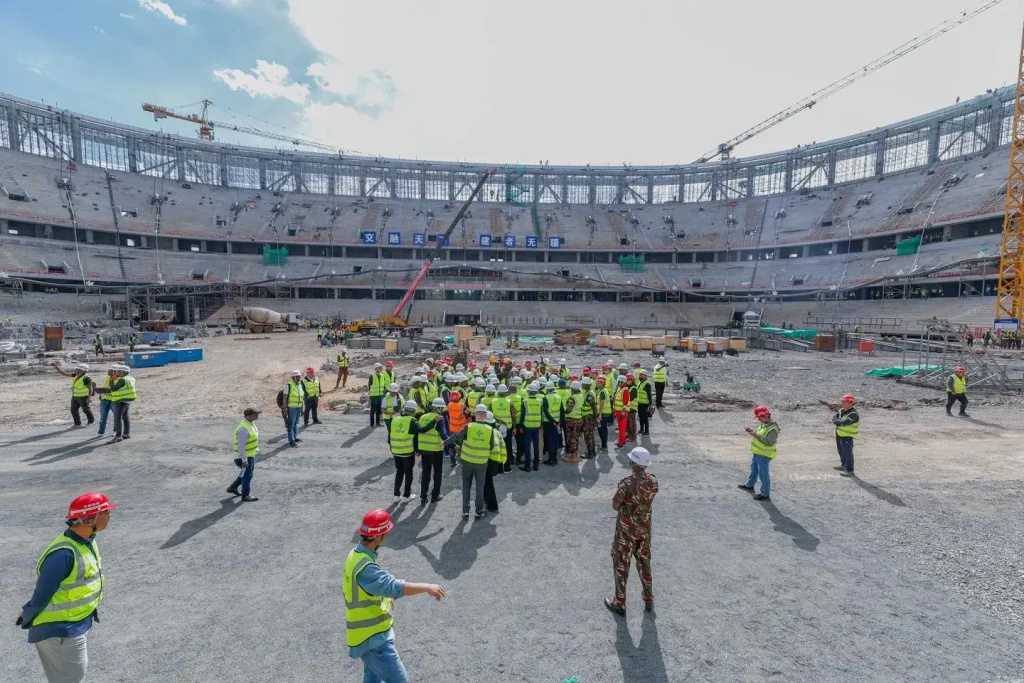
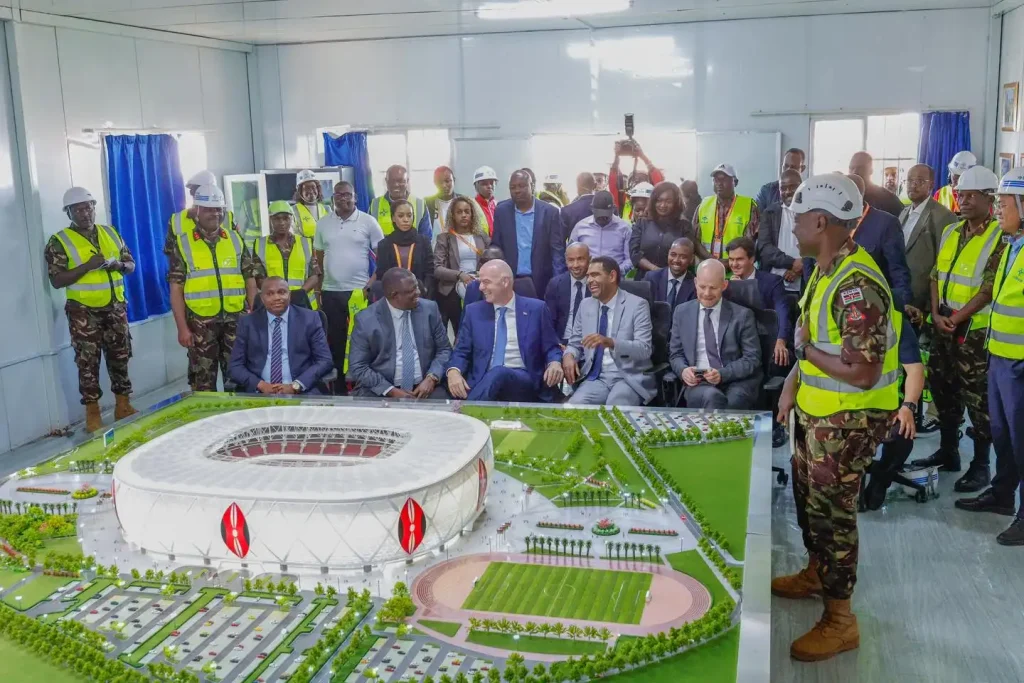
Community Engagement and Social Development
Stadiums have always been community gathering points, but their transformation has enhanced this role. Modern stadiums are designed with community-friendly features, such as gyms, training grounds, and conference halls, making them accessible even outside of sporting events.
Through sports academies and talent programs hosted in these venues, young athletes receive training and mentorship, ensuring the nurturing of future champions. Stadiums also provide safe spaces where communities come together, fostering unity and cultural exchange.
Environmental Sustainability in Stadiums
A new focus on sustainability has emerged in the design of Kenyan stadiums. Solar energy installations, water recycling systems, and eco-friendly construction materials are being adopted to reduce environmental impact.
For example, solar-powered floodlights not only reduce costs but also ensure uninterrupted matches even during power shortages. By prioritizing green architecture, Kenya is aligning with global efforts to build sustainable sports facilities.
Case Studies of Key Stadiums
Moi International Sports Centre, Kasarani
Known as the pride of Kenya, Kasarani has undergone major upgrades including improved seating capacity, modern turf, and advanced security systems. It now hosts international matches and athletics competitions, attracting global attention.
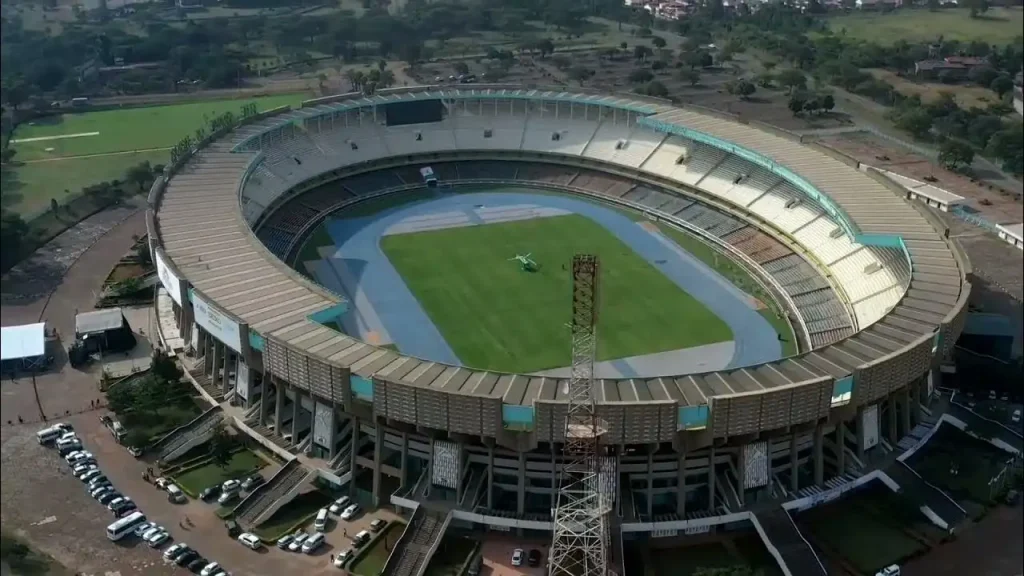
Nyayo National Stadium
Recently refurbished, Nyayo boasts modern amenities such as VIP lounges, digital scoreboards, and enhanced accessibility for persons with disabilities. It is a multipurpose stadium that supports both sports and entertainment events.
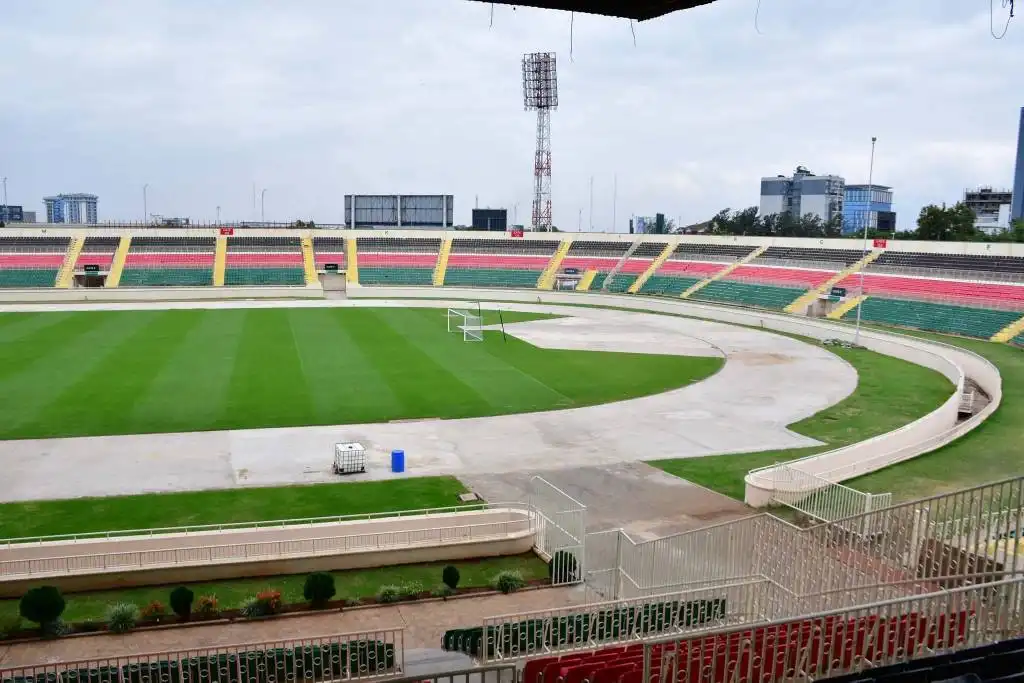
Kipchoge Keino Stadium
Located in Eldoret, this stadium plays a central role in nurturing athletics talent. Its upgrade has made it a vital training ground for Kenya’s world-renowned long-distance runners.
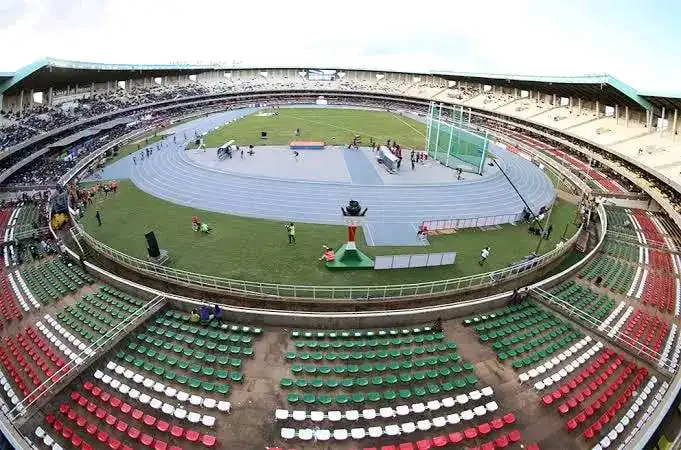
Bukhungu Stadium
In Kakamega, Bukhungu has been revamped into a modern sports hub that promotes football development in Western Kenya. Its completion has boosted the popularity of football in the region.
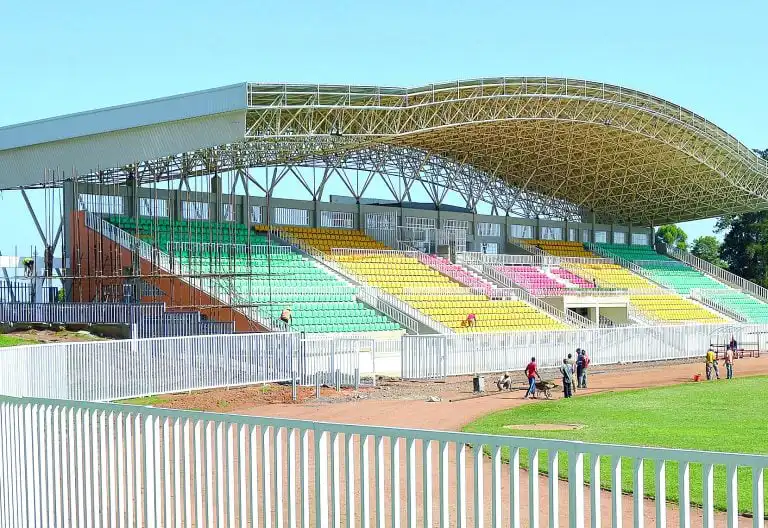
Hosting International Events
With the transformation of stadiums, Kenya is now positioned to host major continental and global tournaments. The Confederation of African Football (CAF) and World Athletics have already recognized the country’s efforts, with several events lined up.
International hosting not only boosts Kenya’s reputation but also encourages local sports talent to aim higher, knowing that they can compete in world-class facilities at home.
Future Plans for Stadium Development
Kenya’s long-term vision includes constructing new stadiums and upgrading regional sports centers to meet international standards. Plans are underway to ensure that every county has at least one modern stadium, decentralizing sports opportunities and nurturing talent across the country.
Additionally, there is a growing push to integrate multi-purpose stadiums that can host sports, cultural activities, and corporate events, making them financially sustainable and beneficial for diverse sectors.
Challenges Facing Stadium Transformation
Despite progress, challenges such as budget constraints, delayed construction projects, and maintenance issues remain. Some stadiums risk falling into disrepair due to poor management or corruption in project implementation.
However, with increased accountability, public-private partnerships, and proper planning, these challenges can be overcome to ensure continuous progress in Kenya’s stadium transformation journey.
Conclusion
The transformation of Kenyan stadiums marks a new era for sports, culture, and economic growth. These facilities are no longer just playing grounds but have become icons of national pride, unity, and opportunity. By embracing modernization, sustainability, and community engagement, Kenya is setting a benchmark for sports infrastructure development in Africa.



